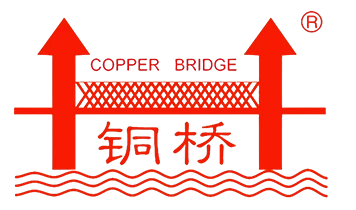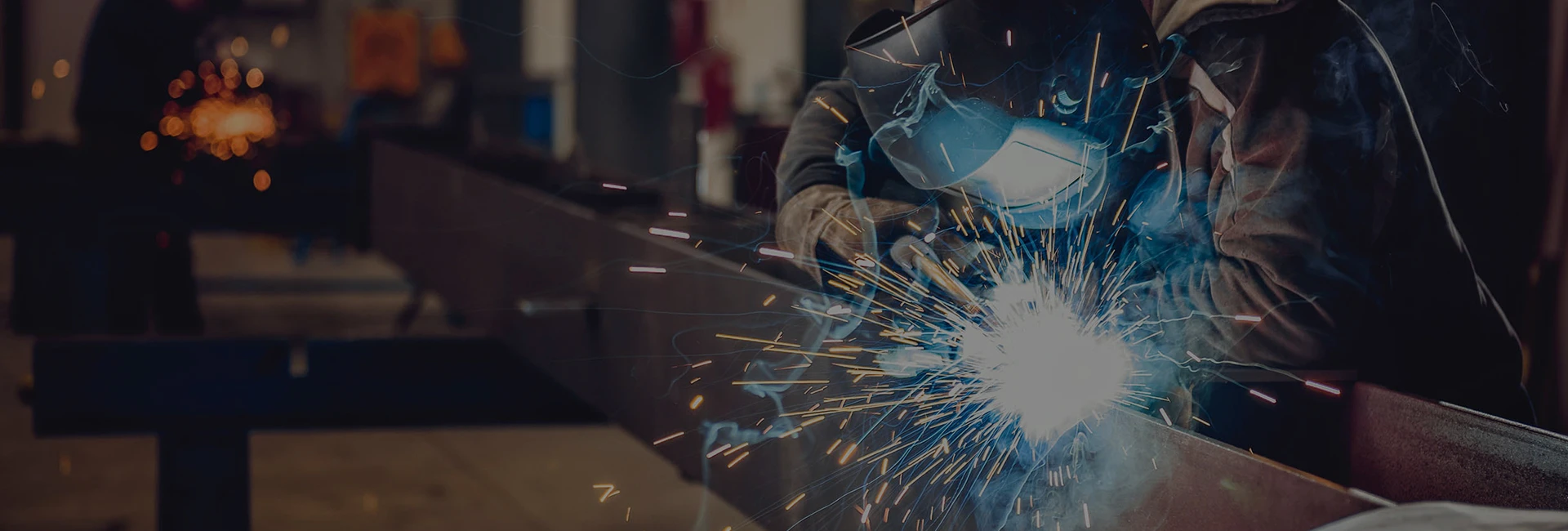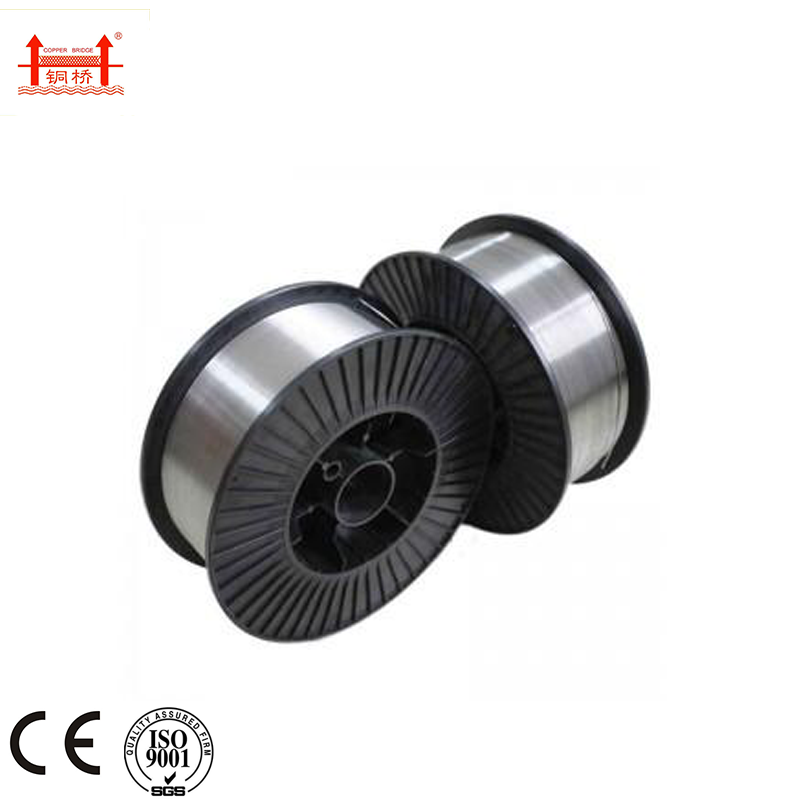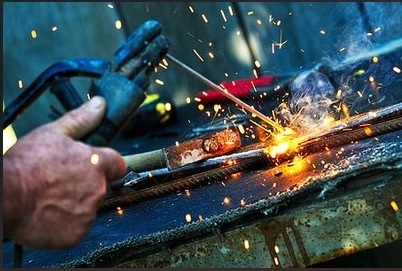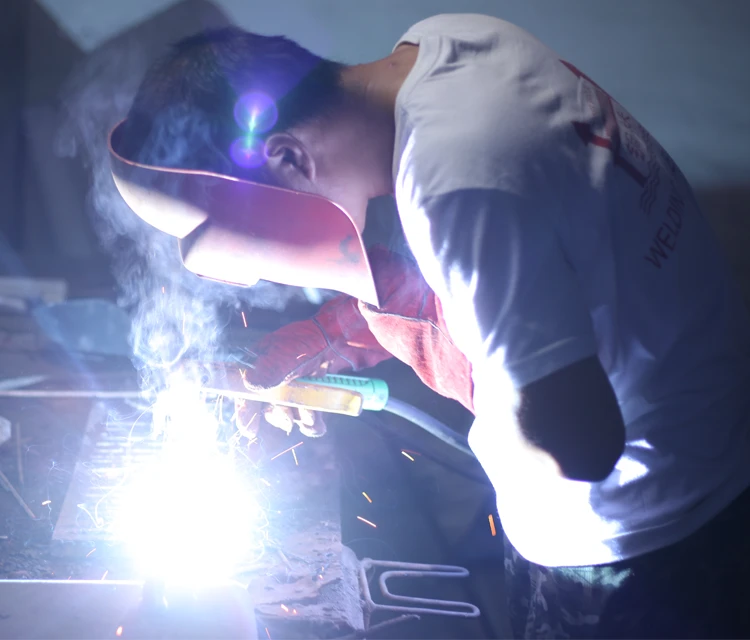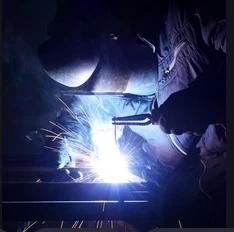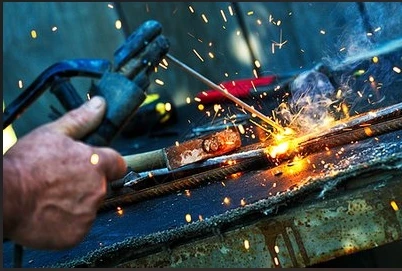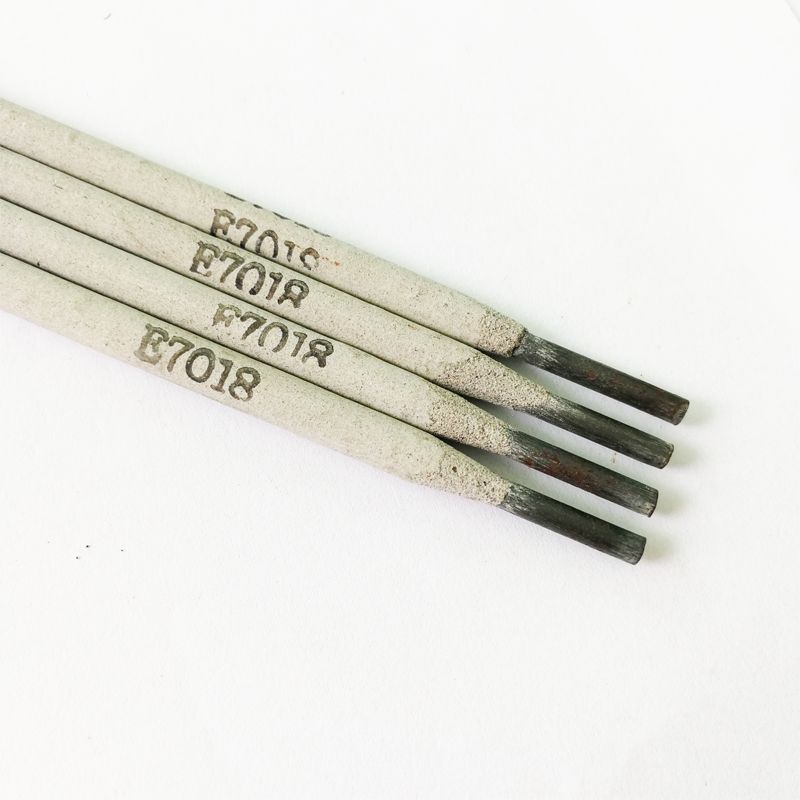Comparing 6011 vs 7018 Rod – Welding Electrode Guide & Benefits
Nov . 15, 2025 03:00
Understanding the 6011 vs 7018 Rod: Why It Matters in Today’s Welding World
Welding rods like the 6011 and 7018 aren’t just boring technical specs you'd skim over in a catalog; they’re vital tools that shape the backbone of industries globally. From towering skyscrapers to sturdy bridges, the difference between these rods can mean the difference between a safe structure or a nightmare waiting to happen. As construction demands grow and materials technology evolves, understanding 6011 vs 7018 rod options becomes more than trivia — it’s an essential skill for welders and engineers alike. Let’s dive into what makes these rods tick, their place in a broad industrial context, and why people across the world rely on their unique strengths.
Mini takeaway: Whether you’re drafting specs for heavy infrastructure or repairing equipment, knowing the finer points of the 6011 vs 7018 rod sets you apart in quality and reliability.
Global Context: Welding Rods in Modern Industry
Welding is truly a global language spoken in factories, shipyards, and emergency repair sites from Shanghai to São Paulo. According to the International Organization for Standardization (ISO 2553), standardized welding rods ensure consistency in weld quality worldwide. The World Bank estimates that billions of cubic meters of concrete and steel structures will be built in the next decade, demanding durable welding solutions with dependable electrodes.
However, challenges remain — environmental conditions, material compatibility, and operator skill level especially in developing regions often dictate the choice of welding rod. The 6011 vs 7018 rod debate directly addresses these practical realities, helping welders optimize performance, safety, and cost-effectiveness.
Mini takeaway: Welding rods are more than tools—they’re a global industrial currency, adapting to diverse challenges in construction and repair.
What Exactly Are 6011 and 7018 Welding Rods?
In simple terms, the 6011 and 7018 are types of coated welding electrodes used primarily with shielded metal arc welding (SMAW). The numbers are codes standardized by the American Welding Society (AWS) to describe their performance characteristics.
- 6011 Rod: A versatile, deep-penetration electrode that burns with a cellulose-based flux — making it excellent for dirty or rusty metals.
- 7018 Rod: Known for its low hydrogen iron powder flux coating, it produces strong, ductile welds with minimal cracking risk.
This simple classification guides countless welders worldwide, enabling them to pick the right rod for applications from light repairs to critical structural builds — where failure is simply not an option. Considering its application in infrastructure, manufacturing, and even disaster recovery, these rods are quietly supporting modern life.
Mini takeaway: Think of the 6011 as the “get-it-done-anywhere” rod, while the 7018 is the “lasting-strength” specialist.
Core Components That Define Usage and Performance
Penetration and Weld Profile
The 6011 rod excels with its deep penetration capabilities, thanks to its fast-freeze cellulose-type flux. It’s the go-to when dealing with surfaces that aren’t perfectly clean. The 7018 offers a flatter, smoother bead with less penetration, prioritizing weld integrity over all else.
Working Environment
Oddly enough, a rod’s flux chemistry decides its ideal “habitat.” The 6011’s aggressive arc can work well outdoors or on greasy metals — conditions you often see in repair shops or farms. Conversely, 7018 rods prefer dry, controlled environments due to their low hydrogen film, but reward that with high strength.
Strength and Durability
Many engineers note the 7018’s tensile strength surpasses that of 6011 rods, making it the reliable choice for load-bearing welds on bridges, buildings, or pipelines. It resists cracking and corrosion better over time — crucial for structures exposed to stress and weather.
Ease of Use and Handling
For beginners or quick fixes, 6011 rods offer forgiving arc characteristics and easier starts. But 7018 rods require proper storage and preheating attention due to their brittle flux coating, especially in humid environments.
Cost and Availability
Generally, 6011 rods cost less and come in large quantities, making them popular for day-to-day repairs. 7018 electrodes, with their specialized coating, are pricier but contribute to longer-term savings through reduced maintenance.
| Parameter | 6011 Rod | 7018 Rod |
|---|---|---|
| AWS Classification | E6011 | E7018 |
| Tensile Strength (psi) | 60,000 | 70,000+ |
| Flux Type | Cellulose | Low-hydrogen iron powder |
| Ideal Position | All positions | All positions (especially flat/ horizontal) |
| Surface Conditions | Rusty, dirty, or oily | Clean and dry |
| Common Uses | General repair, farm equipment, pipelines | Structural steel, pressure vessels, heavy machinery |
How Industries Across the Globe Use These Rods
If you think welding rods are something only your local garage cares about, think again. In North America and Europe, the 7018 rod is a staple in civil engineering projects—bridges, nuclear plants, and high-rise buildings rely on it for consistent structural integrity. In contrast, the 6011 rod shines in more rugged, field environments such as agricultural equipment repair or pipeline maintenance in Canada’s far north.
Oddly enough, humanitarian and disaster relief organizations also lean on these rods — rapid bridge rebuilding after floods in Southeast Asia often uses 6011 rods due to their tolerance of less-than-ideal conditions. Meanwhile, in regions aiming to upgrade infrastructure sustainably, like parts of Africa, the 7018 rod’s durability aligns with low-maintenance goals.
Mini takeaway: The 6011 and 7018 rods serve distinct roles worldwide — from the backwoods farm to the cutting-edge metropolis.
Advantages and Long-Term Value in Real Terms
- Cost Efficiency: The right rod can reduce downtime, welding rework, and costly failures, saving significant money over a structure’s lifetime.
- Safety: Choosing 7018 rods for structural welds enhances resistance to cracking and fatigue, safeguarding lives and investments.
- Sustainability: Durable welds minimize resource waste and lower environmental impact over time — a key metric aligned with ISO 14000 standards.
- Innovation Track: The development of low hydrogen rods like 7018 has pushed forward metallurgy and arc welding consistency worldwide.
- Emotional Impact: Weld done right means workers sleep better — knowing their craftsmanship won’t unexpectedly fail.
Emerging Trends & the Future of Welding Rods
New materials science pushes beyond the classic 6011 and 7018. For example, nanoparticle-enhanced electrodes promise even greater penetration with less slag. Robotics and automation increasingly adopt these rods but demand more consistent manufacturing quality. Notably, “green” welding rods with reduced environmental hazards are slowly appearing in the market, reflecting a broader push for eco-friendly manufacturing.
In addition, digital arc monitoring tools allow welders to analyze rod performance in real-time, optimizing electrode choice and welding parameters as projects progress — a far cry from the “guesswork” era.
Challenges and How Experts Are Tackling Them
Frankly, a few aspects hold back wider use of certain rods. The 7018’s need for dry storage and preheat can be a pain in remote or humid locations. Meanwhile, the 6011’s aggressive flux can create slag that’s a chore to chip away, slowing production.
Manufacturers and welders are innovating — better storage packaging, flux formulations that are less sensitive to environment, and hybrid rod designs reduce these pain points. Training programs emphasize rod selection based on environmental conditions and project demands, raising quality across the board.
Vendor Comparison: Welding Rod Suppliers at a Glance
| Vendor | Rod Types Offered | Global Reach | Price Range | Notable Feature |
|---|---|---|---|---|
| Jinlong Welding Electrode | 6011, 7018, others | Worldwide | Affordable, bulk options | Strict quality control, ISO certified |
| Lincoln Electric | 6011, 7018, specialty rods | Global | Premium pricing | Advanced metallurgy and tech support |
| ESAB | Full range including 6011, 7018 | Worldwide | Mid-range | Wide distribution network, innovation focus |
FAQs about 6011 vs 7018 Rod
- Which rod is better for outdoor farm equipment repair?
- The 6011 is often preferred for such tasks due to its all-position capabilities and tolerance for rusty or oily surfaces. Its deep penetration helps with less-than-perfect metals common in farm repairs.
- Can 7018 rods be used in wet or humid environments?
- Not ideally. 7018 rods require dry storage and preheating if exposed to moisture to avoid hydrogen-induced cracking. They’re better suited for dry, controlled environments for maximum strength.
- How do I choose between 6011 and 7018 rods for structural steel?
- For load-bearing, long-lasting welds, 7018 rods are generally recommended due to their low hydrogen coating and high tensile strength, ensuring durability and reduced cracking.
- Are there welding rods that combine the benefits of both 6011 and 7018 rods?
- Some hybrid electrodes attempt to fuse the best properties, but none perfectly replace the specific strengths of 6011’s penetration and 7018’s low hydrogen characteristics. Select rods based on project needs.
- Where can I find quality 6011 vs 7018 rods globally?
- Trusted vendors like Jinlong Welding Electrode offer both rods worldwide with good quality and competitive pricing.
Conclusion: Long-Term Value and Why Care about 6011 vs 7018 Rod
In the welding world, the 6011 vs 7018 rod choice is far from trivial. It impacts everything from safety to efficiency, influencing costs, project timelines, and ultimately, how structures stand the test of time. Knowing when to choose a deep-penetrating, versatile rod like 6011 or a low hydrogen, strength-focused 7018 can transform a routine weld into a reliable masterpiece.
If you’re a welder, project manager, or just curious, it’s worth digging deeper into these rods’ specs and applications. Visit our website to explore detailed guides, products, and expert advice tailored just for you.
Mini takeaway: Choosing the right rod today might just save a life, a budget, or even a legacy tomorrow.
References
Related Video


